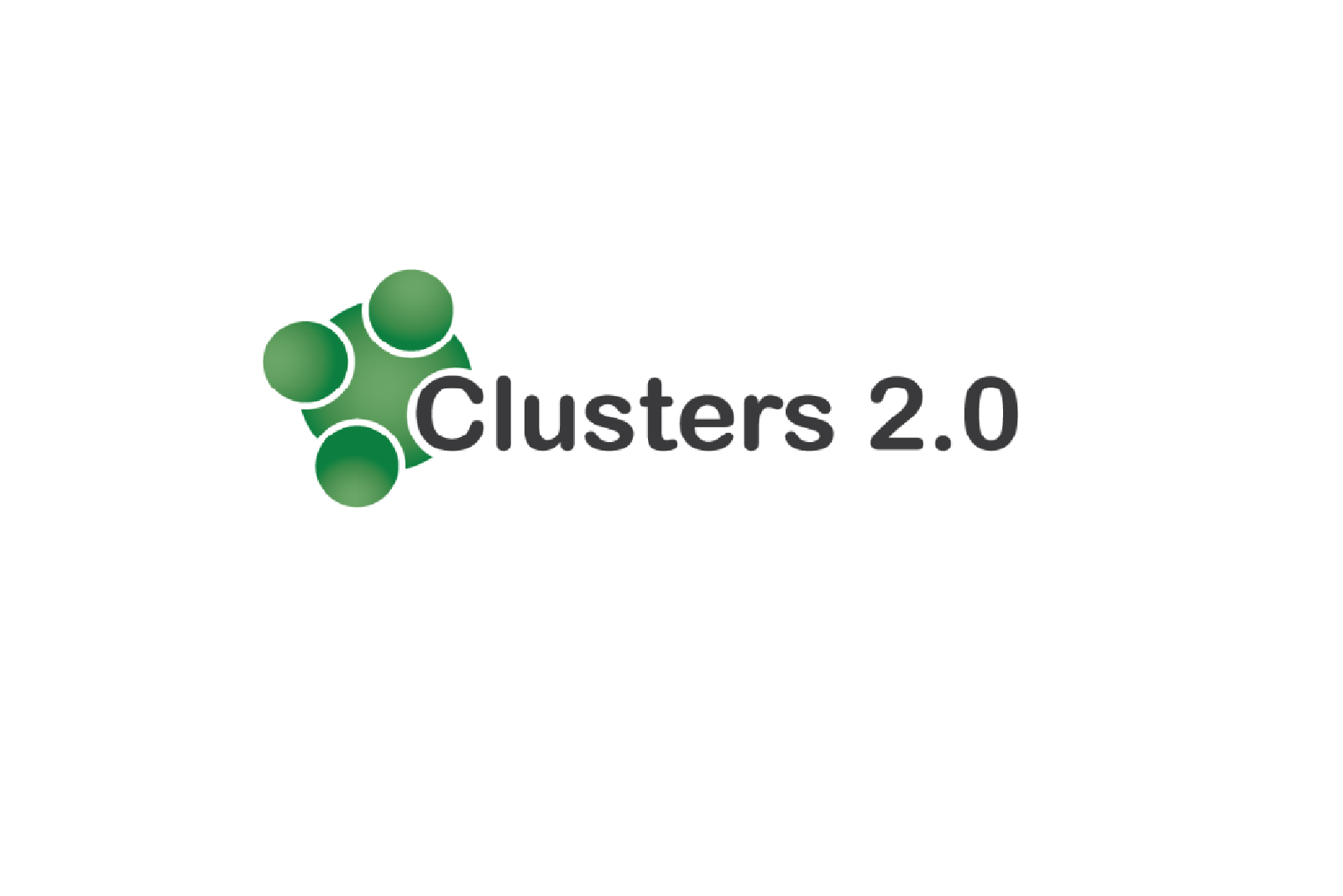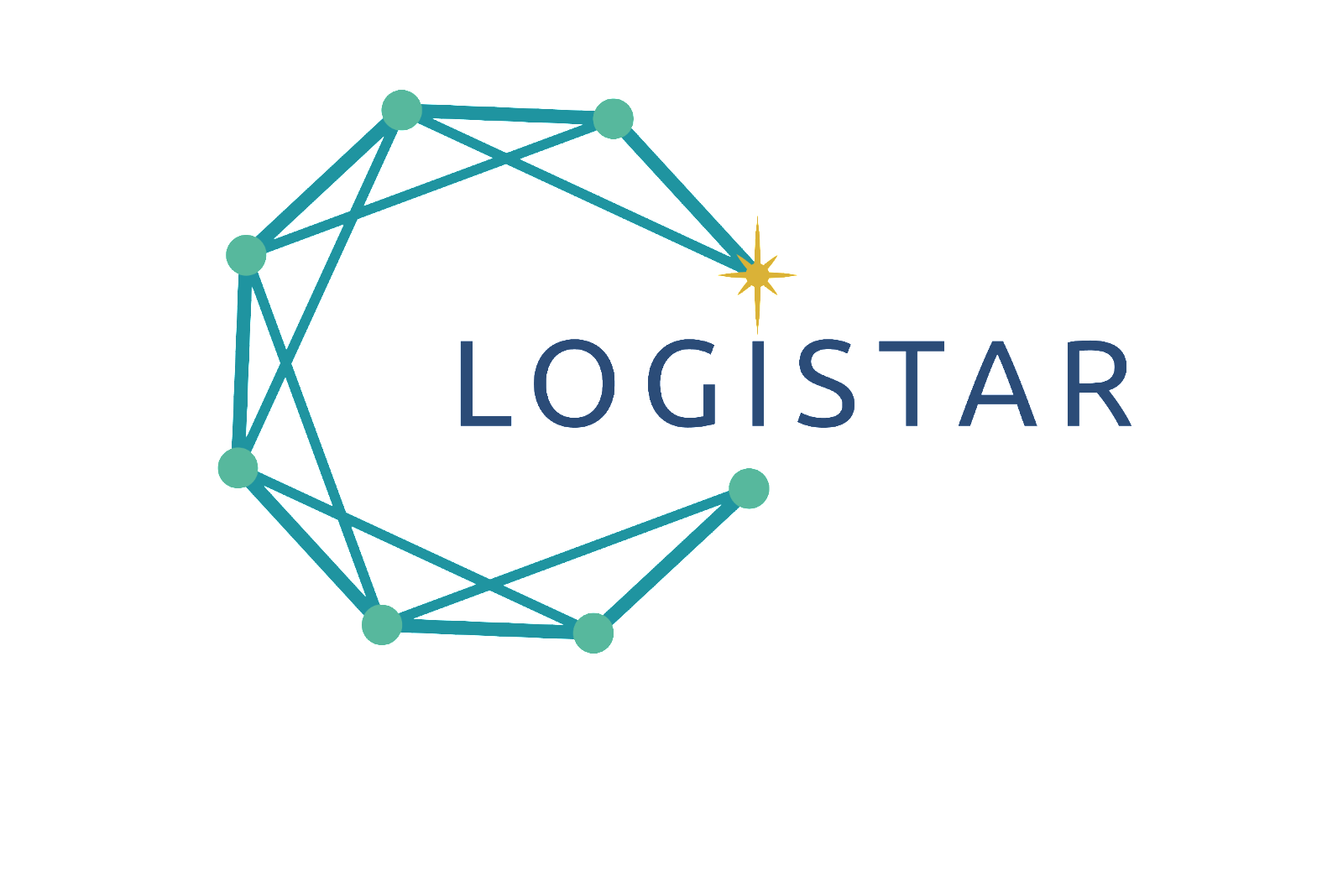
Specific Challenge: Ensuring the seamless
integration and harmonisation of transport modes is essential to achieve a
truly integrated freight transport and logistics system, which on the one hand,
is able to manage efficiently the physical, information and financial flows and
on the other hand, support less impacting and environmental sustainable
logistics operations . Speeding up technological and organisational innovation
uptake and adoption will support freight transport decarbonisation and
competitiveness. To this purpose, the assessment of progress, gaps and barriers is
necessary. It is also key to involve and engage the end users of multimodal
end-to-end freight transport chains, as they are both the recipients of
innovation (autonomous transport, electrification, artificial intelligence,
Internet of Things, blockchain, robotic
systems, further digitalisation, new transport modes, etc.) and the key
actors in charge of developing the
business cases for new technologies uptake.
















